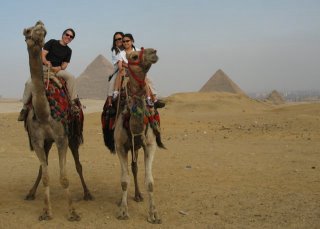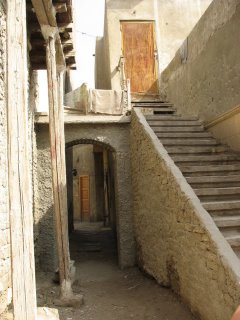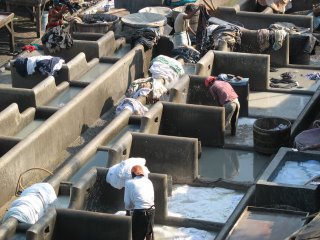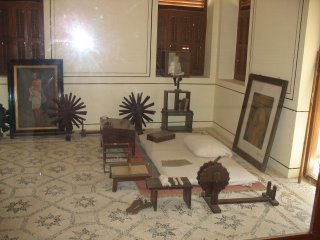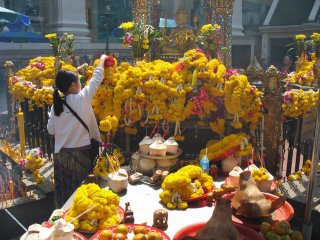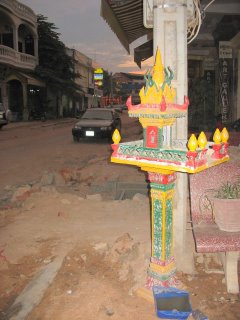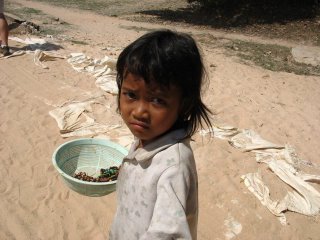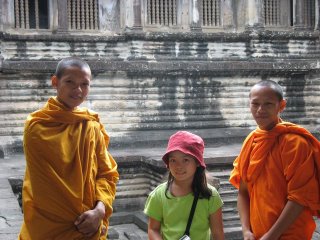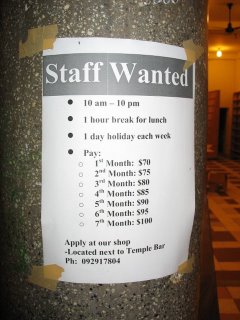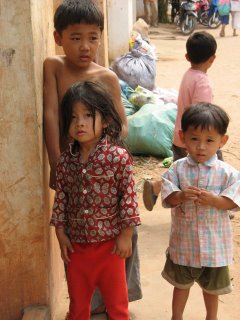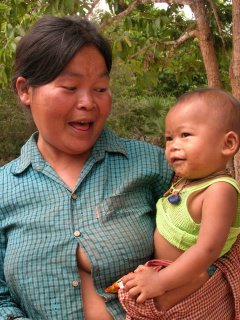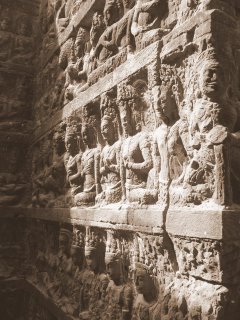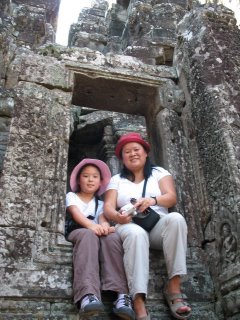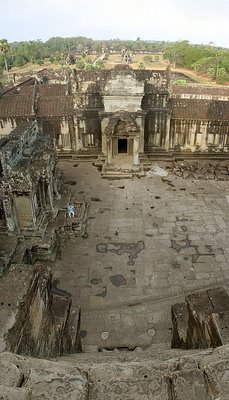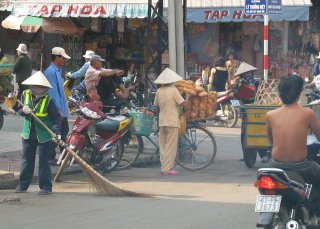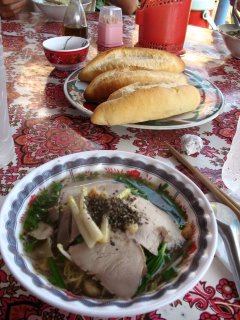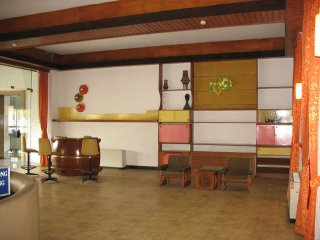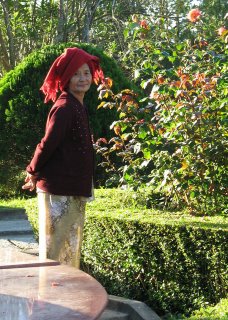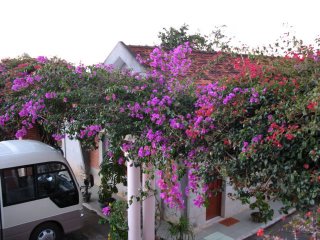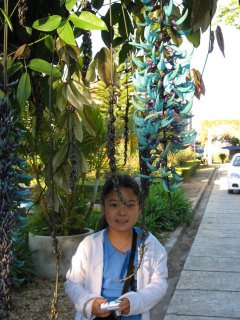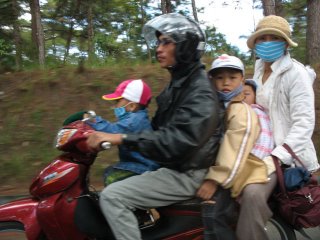Cairo Egypt: More than Mummies, Mohammed & the Military

it’s easy to forget that we came for the Pyramids and ancient Egyptian sights, since the more modern (only 2000+ years old areas) are just as compelling to visit.

Cairo is one of the more developed cities in Africa, but it too has woes similar to many of the other places we’ve seen in Asia. Traffic is horrendous and the Egyptians love their horns as much as the Vietnamese. Trash is dumped in piles along the highways and side roads, often seem to have been built in the times of Cleopatra and not maintained since, are mostly dirt paths filled with random bits of cobblestone and the dirt and grime of a couple thousand years. Even in the crisp, cool mornings of winter, a haze settles around the city, obscuring the view from our room of a huge mosque overlooked by the hilltop citadel. What we’ve noticed the most is the number of men in this city. It seems that for every woman we see, there are twenty men, often hanging out in small groups, talking and drinking glasses of tea. They’re not really menacing, but we wonder, do they have jobs? And if they do have jobs, there is always the desire for a little baksheesh, the tipping economy that thrives here, since wages are so low.

We’ve been here during an interesting time. A couple of days ago Condoleezza Rice was visiting and we caught part of her press conference on CNN. The bird flu is making front-page headlines since there is a rumor that people dumping dead birds in the Nile have introduced the virus into the water supply, so people are making a run on the grocery stores for bottled water. We haven’t noticed activity that’s much different from any other major city, but have kept away from the live birds we’ve see at almost all the markets in Asia and Africa.

Security is paramount here, since the Egyptians do not want to see a huge drop in tourism should their be another terrorist attack like there were in Luxor in 1997 or Sharm el-Sheikh last year. It seems to us the second-highest employer in Cairo, behind taxi drivers, are military police and guards. We’ve seen riot police line up at an anti-Denmark rally, guys in flak vests standing on the roofs of buildings next to our hotel holding machine guns, police on camels at strategic points near the pyramids, and at every tourist sight we visit we go through at least one metal detector. This level of security is not for Rice’s visit, or for a special event, but a sign that Egypt cannot be lax in these troubled times.

Lest we forget the glories of the Pharaonic times, we went to the amazing Egyptian Museum yesterday and gazed in awe at all the stuff that was crammed in there. With little interpretive signage, it was like stumbling upon the greatest attic in the world, where you could view King Tut’s tomb next to a 12-meter-high pair of statues of Amenhotep III and his wife Tiy, whose reign represented the apex of ancient Egypt’s power and prestige.

We leave Egypt today for our next stop, Munich Germany! Actually, we just fly into Munich and take a train to Bickenbach where my friend Ute lives. We will stay in Germany for about a week, but we need to settle down after this difficult, chaotic, crazy month of traveling and plan to rent a flat in Paris for a few weeks and just sit and smell the bread and pastries. Europe here we come…..

